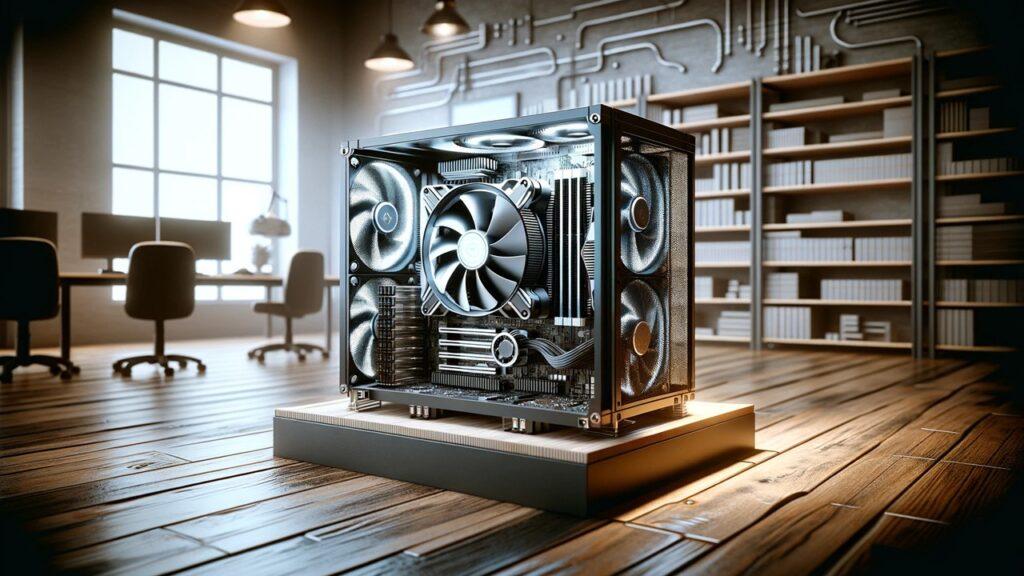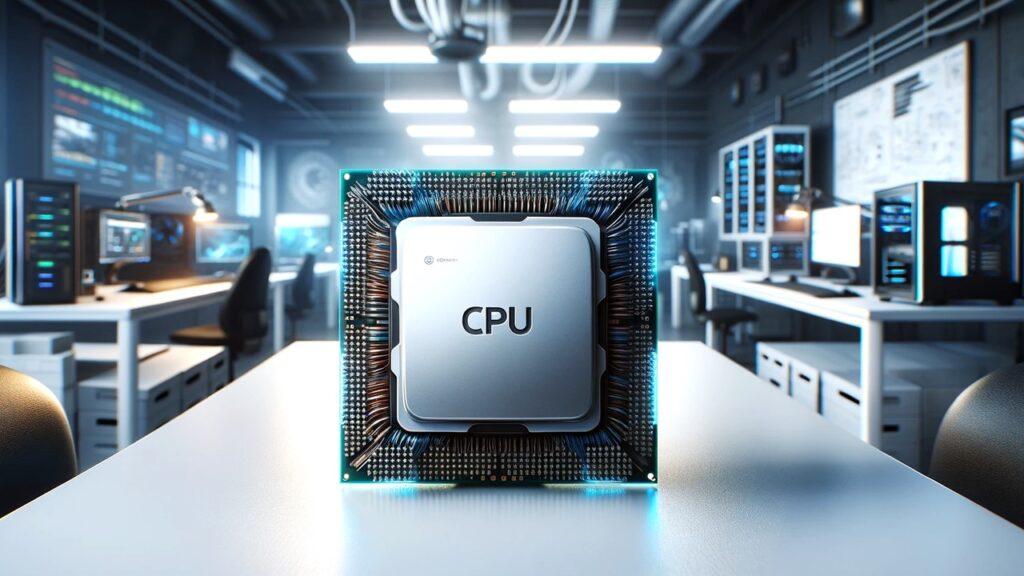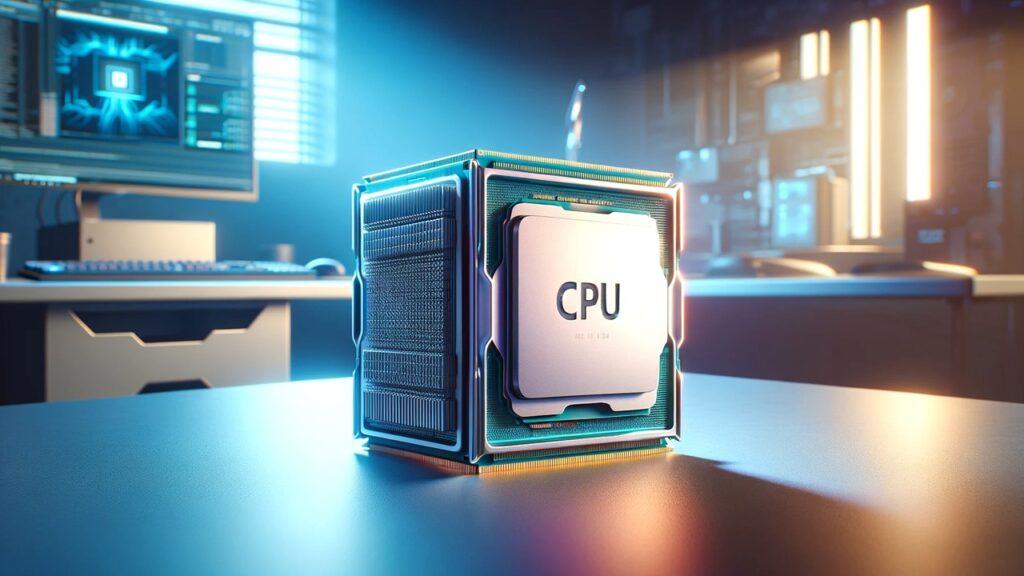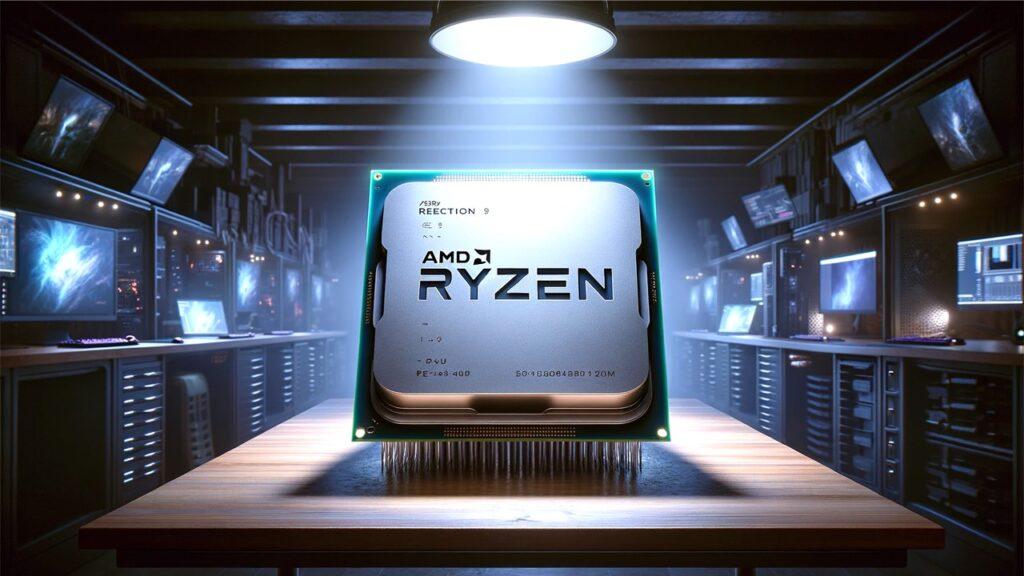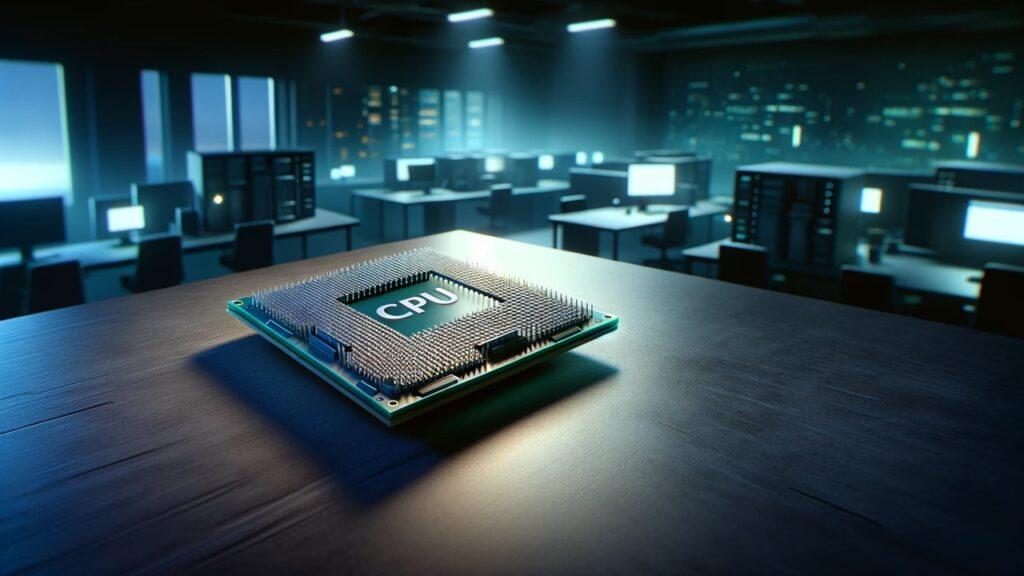
A functioning CPU is the heart of any computer, enabling it to perform essential tasks and run smoothly. When your CPU won’t boot, it can cause significant inconvenience and panic, potentially disrupting your workflow or gaming session. Understanding the steps to troubleshoot this issue can help you resolve it quickly and efficiently, minimizing downtime and frustration.
When faced with a CPU that won’t boot, the first step is to remain calm and methodically approach the problem. Often, the issue can be resolved through a series of checks and adjustments that don’t require advanced technical knowledge. This guide will walk you through each step to help you get your CPU back up and running.
Initial Checks Before Troubleshooting
Before diving into more detailed troubleshooting, it’s essential to perform some basic checks. These initial steps can often resolve the issue without further intervention. Simple mistakes, such as a loose cable or an unplugged power source, can often be the root cause. By systematically checking these basics, you can often save time and avoid unnecessary frustration.
- Ensure Power Supply is Connected and Functioning: The first step in troubleshooting is to ensure that the power supply is properly connected and functioning. Double-check that the power cord is securely plugged into both the power outlet and the computer. It’s also worth testing the power outlet with another device to ensure it’s providing power.
- Verify All Cables and Components Are Securely Attached: Next, verify that all cables and components inside the CPU case are securely attached. Sometimes, components can become loose, particularly if the computer has been moved recently. Ensuring everything is properly connected can often resolve boot issues quickly.
Taking these initial steps can often identify and resolve simple issues, setting the stage for more detailed troubleshooting if necessary.
What to Do if Your CPU Won’t Boot: Basic Steps
When your CPU won’t boot, it can be due to a variety of issues ranging from power supply problems to internal component malfunctions. By systematically addressing each potential cause, you can identify and resolve the issue efficiently. Below are some basic steps to start with when your CPU refuses to boot.
Checking Power Connections
Inspect the power cords and ensure they are securely plugged in. It’s also a good idea to test the system with a different power outlet. Sometimes, power strips or outlets can fail without warning. Ensuring a stable power connection is crucial for booting your CPU.
Inspecting Internal Components
Open the CPU case and check for any loose connections. Ensure the RAM, graphics card, and other components are properly seated. Sometimes, components can become dislodged, especially after moving the computer. Properly seated components are essential for the system to recognize and utilize them correctly.
Verifying the Monitor Connection
Ensure that your monitor is correctly connected to the CPU and powered on. A loose monitor cable can make it seem like the CPU is not booting when, in fact, it’s a display issue. Double-checking these connections can save you a lot of troubleshooting time.
By thoroughly checking these basic elements, you can often resolve the issue without needing to delve into more complex troubleshooting steps.
Advanced Troubleshooting Techniques
If the basic steps haven’t resolved the issue, it’s time to move on to more advanced troubleshooting techniques. These steps involve interacting with your system’s BIOS, testing hardware components, and booting in Safe Mode. While they may require a bit more technical knowledge, they are essential for diagnosing deeper issues.
Resetting the BIOS
Access your BIOS settings and reset them to default. Incorrect BIOS settings can often prevent a system from booting. To reset the BIOS, you’ll need to enter the BIOS setup utility, typically by pressing a key such as F2, Delete, or ESC during startup. Consult your motherboard manual for the exact procedure.
Boot in Safe Mode
Booting in Safe Mode loads only the essential drivers, which can help diagnose if a software issue is preventing the boot. To boot in Safe Mode, restart your computer and press F8 (or Shift + F8) before Windows loads. Select “Safe Mode” from the menu that appears. This mode will help you determine if a driver or software is causing the issue.
Testing Hardware Components
Perform a basic hardware diagnostic test to check for failing components. This can include testing the RAM, hard drive, and other essential hardware. Many motherboards have built-in diagnostic tools or beep codes that can indicate hardware failures. Refer to your motherboard’s documentation for guidance.
Advanced troubleshooting techniques require a bit more technical know-how but can often identify the root cause of the problem. By carefully following these steps, you can pinpoint the issue and take the appropriate action to resolve it.
Identifying Common Boot Errors
Understanding common boot errors can provide valuable insights into why your CPU won’t boot. Error messages, beep codes, and LED signals often indicate specific problems that can be resolved with targeted troubleshooting. This section will help you decode these signals and take appropriate actions.
Decoding Beep Codes and LED Signals
Beep codes and LED signals from your motherboard can provide clues about what is preventing your CPU from booting. Each motherboard has a unique set of beep codes, which you can find in the motherboard manual. For example, a series of beeps might indicate a RAM issue, while different patterns might point to other hardware problems.
Resolving Error Messages
If you encounter error messages during boot, take note of them. Common boot error messages, such as “No Boot Device Found” or “Disk Error,” can often point directly to the issue. Research these messages or consult your motherboard’s manual to understand what they mean and the steps required to resolve them.
By identifying and understanding common boot errors, you can take specific actions to address them. This targeted approach can save time and frustration, helping you get your system back up and running quickly.
When to Seek Professional Help
There comes a point when DIY troubleshooting may not be enough, and professional help is required. Knowing when to seek assistance can save you from further complications and potential damage to your system. This section will guide you on when it’s time to call in the experts.
Indicators That Professional Assistance is Needed
If you’ve tried all the troubleshooting steps and your CPU still won’t boot, it’s time to seek professional help. Persistent issues despite thorough troubleshooting, or error messages indicating severe hardware failures, are signs that expert assistance is needed. Additionally, if you’re not confident in performing complex repairs, it’s best to consult a professional.
Potential Risks of DIY Repairs on Complex Issues
Attempting DIY repairs on complex issues without the proper knowledge can sometimes cause more harm than good. You risk damaging components or voiding warranties, which can lead to more costly repairs in the long run. Professionals have the experience and tools necessary to diagnose and fix issues accurately.
Recognizing when to seek professional help is crucial for maintaining the health of your system and avoiding further damage. It’s always better to err on the side of caution when dealing with complex hardware issues.
Wrapping It Up!
Methodically troubleshooting a CPU that won’t boot is crucial for resolving the issue effectively. Patience and careful checking at each step can help you identify and fix the problem. A systematic approach ensures that you don’t overlook any potential causes, ultimately helping you get your system up and running again.
Troubleshooting a non-booting CPU can be a challenging process, but with a methodical approach, most issues can be resolved without professional help. By following the steps outlined in this guide, you can systematically identify and fix the root cause of the problem. Remember, patience and careful checking at each step are key to successfully resolving boot issues.
Related FAQs
How can I tell if my power supply is failing?
Check for signs like inconsistent power delivery or strange noises from the power supply unit. Additionally, try using a different power supply to test if the issue persists.
Can a bad RAM stick prevent my CPU from booting?
Yes, faulty RAM can cause boot issues. Try reseating or replacing the RAM to see if it resolves the problem. Testing with known good RAM sticks can also help identify faulty ones.
What should I do if my computer turns on but the screen is blank?
Check the connection between your monitor and the CPU. Ensure the monitor is turned on and the cables are securely connected. If the problem persists, try a different monitor or cable.
Why does my CPU overheat during boot?
Check the cooling system. Ensure the fans and heat sinks are clean and functioning. Overheating can cause the system to shut down to prevent damage, so proper cooling is essential.
How do I update my BIOS?
Refer to your motherboard’s manual or manufacturer’s website for specific instructions on updating the BIOS. Ensure you follow the steps carefully to avoid issues. BIOS updates can resolve compatibility issues and improve system stability.

At our core, we’re a group of passionate tech lovers, just like you. We dive deep into the world of tech, especially when it’s about building PCs that perform. We try to provide as much value to the readers with our information and how to blog articles as possible. For affiliate articles our honest and transparent reviews of essential tech products are rooted in real-world experience. We take great satisfaction in offering unbiased evaluations, ensuring that you can make informed decisions when investing in your desired techs. As an affiliate website, we may earn a small commission from some of the products we feature. However, rest assured that our opinions are not influenced by this, and your trust is always our main priority.

